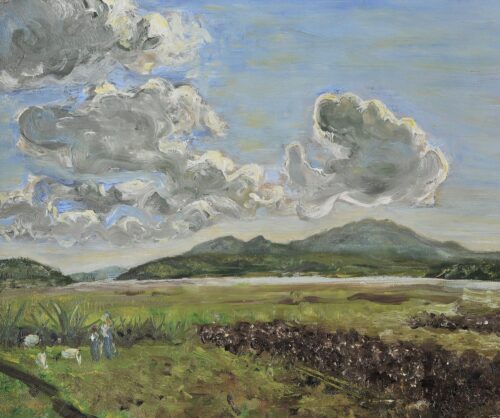
Zavitzianos Markos (1884 - 1923)
Clouds
Corfiot in origin, he completed the Megali tou Genous Scholi (Great School of the Hellenes), located in the Phanari section of Constantinople. He showed an early interest in painting, perhaps influenced by his mother who was an amateur painter. In 1903 he went to Munich and in 1906 enrolled in the Academy where he studied painting under G. von Hackl, as well as engraving, more than likely in the M. Kern studio.
In Germany he became friends with Konstantinos Theotokis and was introduced to socialist ideas and in 1909 he participated in the founding of the Socialist Democratic Union. He also published in the magazine Νουμάς a study entitled, Ανθρώπινες αντιλήψεις (Human Perceptions) examining this matter from a socialist point of view. That same year he went to Paris and the following year returned to Corfu where, together with Theotokis, he organized the Socialist Center of Corfu. In 1914 he participated in the forming of the literary and artistic group Company of Nine, publishing at the same time poems, drawings and engravings in the group’s magazine Κερκυραϊκή Ανθολογία.
Sometime before 1912 he became involved with the illustration of the short stories of K. Theotokis, only one of which, Η Τιμή και το Χρήμα (Honor and Money) was published at the time (1914). The rest were published in 1982 under the titles, Διηγήματα-Κορφιάτικες Ιστορίες and Το βιος της κυρά Κερκύρας (Stories – Corfiot Tales and The Fortune of Madam Corfu). From 1919 to 1922 he did engravings for the republication of the book by P. Vlastos, Στον ήσκιο της συκιάς (In the Shadow of the Fig Tree) which in the end did not take place and in 1922 he went to Berlin where he illustrated the book by Alfred Maria Ellis (Warner Hageman), Iphigenie.
In 1917 he came to Athens where he presented a series of engravings at the Kazazis music store while in 1922 he held a solo show at the Zappeion Hall with oil paintings and engravings. He also took part in the exhibitions of the Society of Greek Artists and in 1936 his engravings were exhibited at the Venice Biennale. Since his death there have been repeated retrospectives of his work.
His engraving, consisting mainly of copperplates and in large part destined to illustrate books, is done realistically, while in his painting, which consists of landscapes, interiors and portraits, his knowledge of impressionist and post-impressionist work is apparent.

Clouds
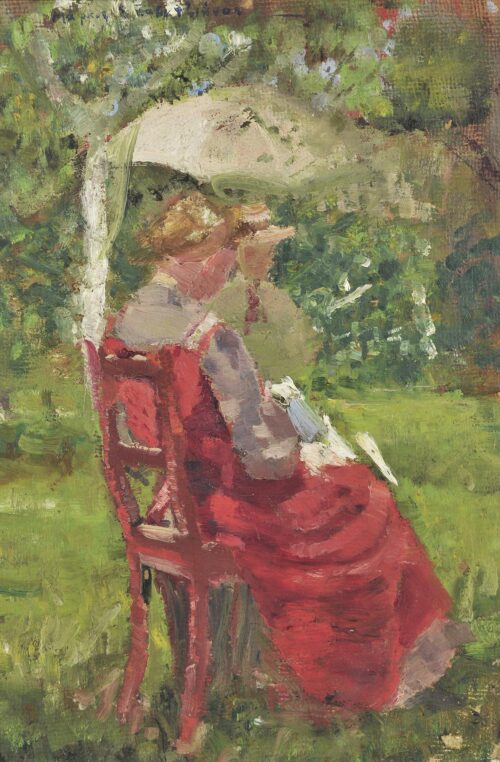
Two Young Women
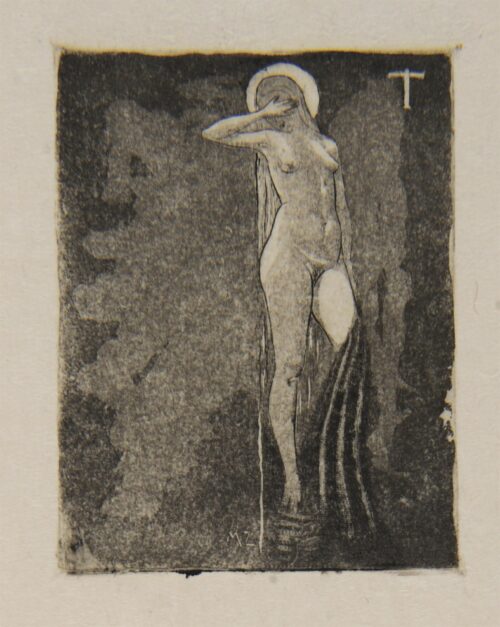
“T”
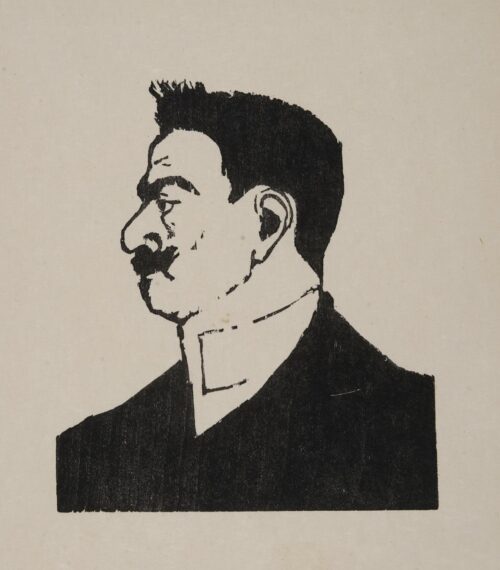
Person
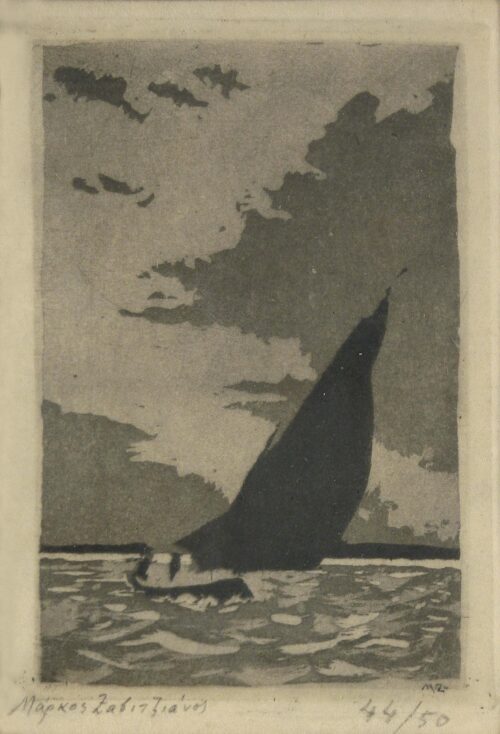
Fishing Boat
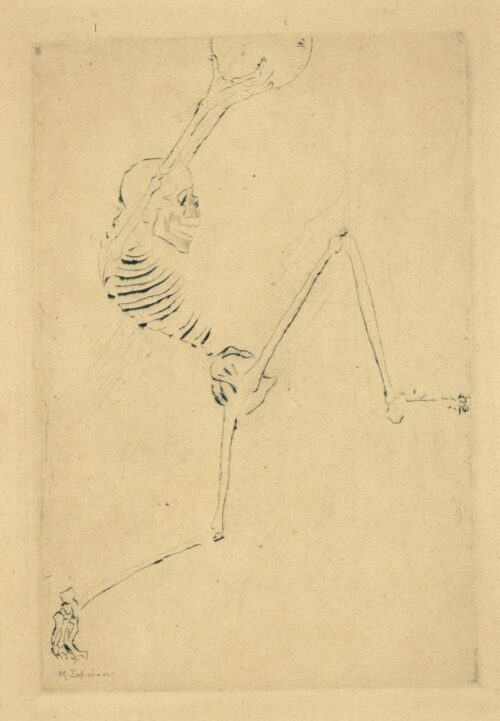
Skeleton
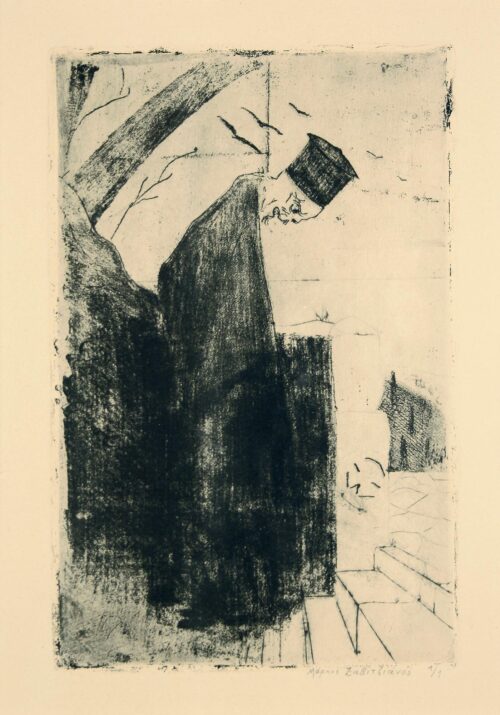
The Hanged Priest
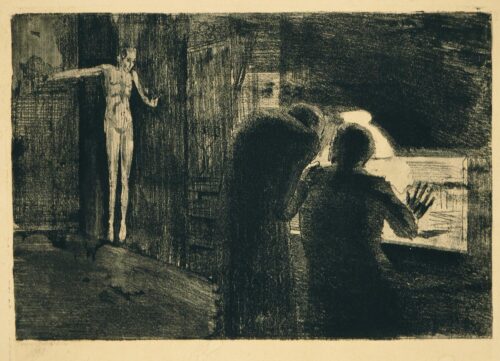
The Ghost
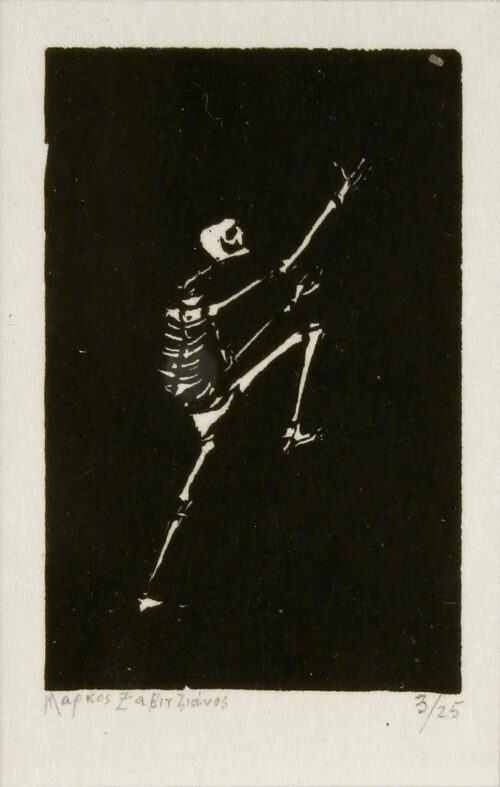
Little Skeleton
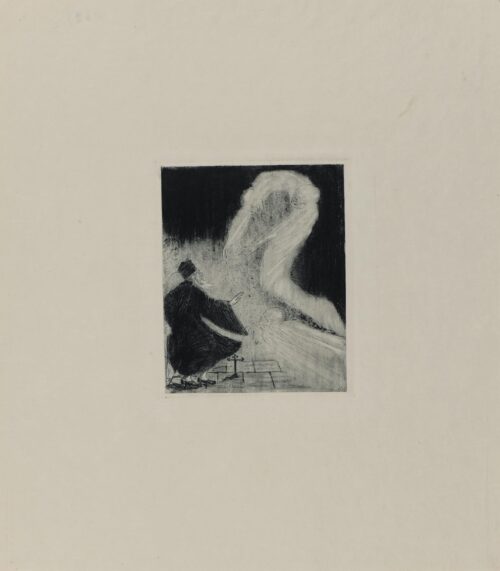
The Priest and the Ghost
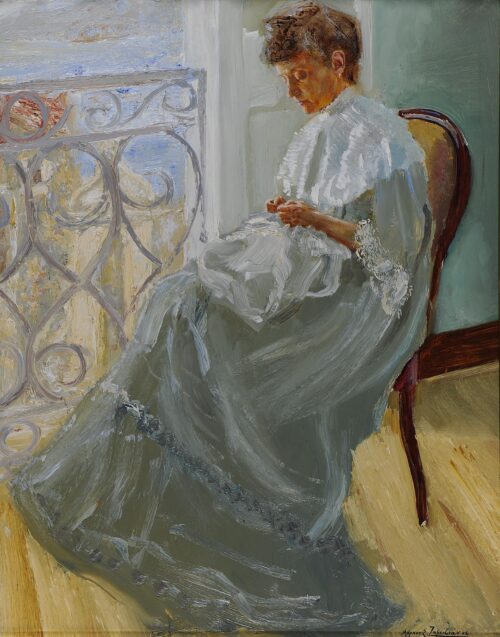
On the Balcony
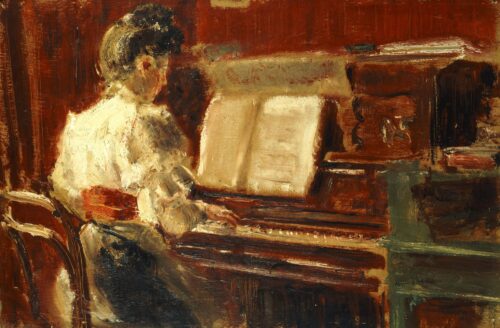
At the Piano, ca. 1900

We use cookies to make our site work properly, to personalize content and ads, to provide social media features and to analyze our traffic. We also share information about how you use our site with our social media, advertising and analytics partners. Read the Cookies Policy.
These cookies are necessary for the website to function and cannot be switched off in our systems. They are usually only set in response to actions made by you which amount to a request for services, such as setting your privacy preferences, logging in or filling in forms. You can set your browser to block or alert you about these cookies, but some parts of the site will not then work. These cookies do not store any personally identifiable information.
If you disable this cookie, we will not be able to save your preferences. This means that every time you visit this website you will need to enable or disable cookies again.
These cookies tell us about how you use the site and they help us to make it better. For example these cookies count the number of visitors to our website and see how visitors move around when they are using it. This helps us to improve the way our site works, for example, by ensuring that users find what they are looking for easily. Our website uses Google Analytics for statistics reporting.
Please enable Strictly Necessary Cookies first so that we can save your preferences!